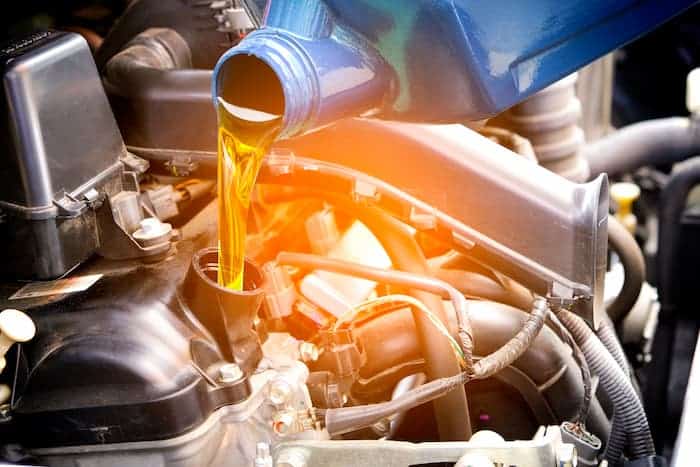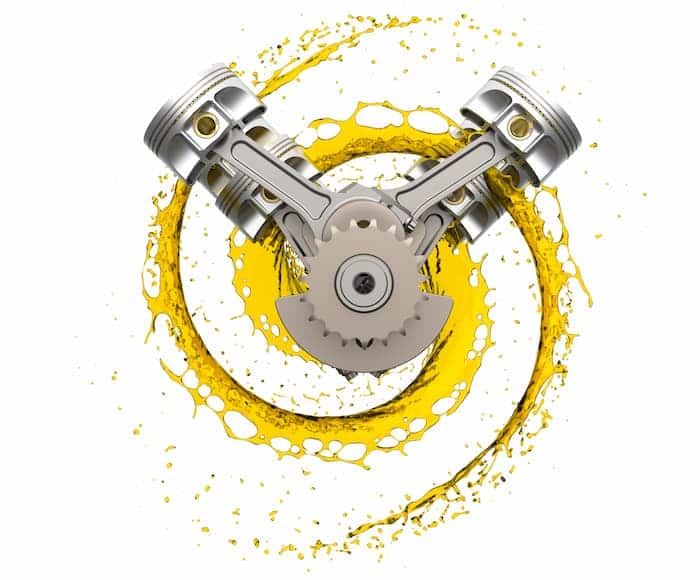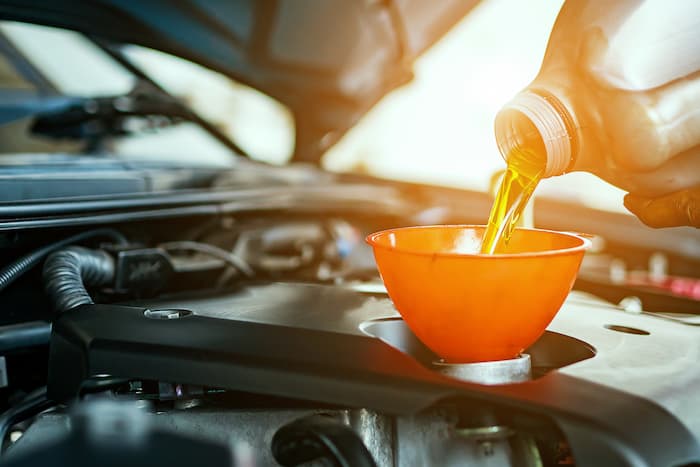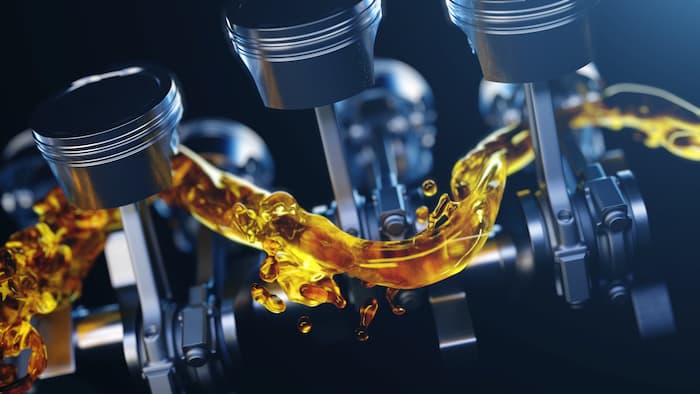The lifeblood of any car engine is the engine oil. This oil constitutes one of the most important fluids in a car because it helps lubricate all the important parts of your car’s engine, which reduces heat generation in the engine due to reduced friction between engine parts. Some cars feature oil cooler or other engine components that help to reduce heat even more. Engine oil also aids in the removal of impurities and deposits from engine parts.
Oil tends to lose its viscosity with time, diminishing its overall efficacy as a lubricant; therefore changing oil according to the maintenance schedule considerably reduces wear and tear on the engine. Since oil consumption varies depending on the engine of your car, how much oil do your car need?
How engine size affects the amount of oil used

Depending on the car engine size, most car engines require between 5 and 8 quarts of oil. The less oil needed to fill up the engine, the smaller the engine.
- A 4-cylinder engine uses about 5 quarts of oil on average.
- A 6-cylinder engine requires around 6 quarts of oil.
- Depending on the size of the engine, an 8-cylinder engine uses anything between 5 to 8 quarts.
The owner’s manual, which is normally stated under the lubrication system in the car specifications section, is one resource available to help car owners locate the oil capacity of their car engine. For some maintenance tips that would save you money, your car manufacturer’s website is another place to look. When you arrive at the website, check for a section dedicated to vehicle owners, which is normally near the bottom of the page. Other internet resources, such as Fluid Capacity, which provides the oil and fluid capacities of a variety of various makes and models of cars and trucks, are also available to car owners.
Choosing the right type of car engine oil

Keep a few factors in mind when selecting engine oil for your car. The first is the oil’s viscosity, which is indicated by a number followed by W and then another number. The first number indicates the oil’s flow at 0 degrees Fahrenheit, the W for winter, and the last two numbers after the W represent the oil’s viscosity level at 212 degrees Fahrenheit. In cold temperatures, the lower the number before the W, the smoother the car engine turns over. To determine the appropriate range of oil viscosity levels to use, see the vehicle owner’s manual.
In addition, car owners must decide whether to use synthetic or conventional engine oil. When owners replace their oil periodically, conventional oils function perfectly. Synthetic oils have various advantages, such as the addition of special additives that aid in the removal of contaminants. Fluids and oil from Mobil 1 allows the engine oil to flow better at cooler temperatures while maintaining viscosity at higher degrees. For cars with more than 75,000 miles on the odometer, another alternative for car owners is to use a high-mileage oil. Conditioners are added to high-mileage lubricants to help stretch internal engine gaskets and increase their flexibility.
Symptoms that a car engine needs an oil change

While most of our cars are equipped with sensors that displays symbols used to identify issues with our cars on our dashboard, Look out for the following signs that may suggest it’s time to change your car engine oil:
- When the oil light illuminates, it means the oil level is low. Either have the oil changed by a mechanic or add extra oil to fill it up.
- For vehicles equipped with oil pressure gauge, a low reading on the oil pressure gauge usually indicates a low oil level. Ask your mechanic to fill to the proper level or even change the oil.
- When an engine starts to run harshly, the oil level has dropped. This is particularly true of the lifters, which become stuck when contaminants accumulate. Request an oil change from a professional to help remove these contaminants and fix the problem.
Oil is essential for the safe and effective operation of your car engine. Always adhere to the manufacturer’s recommended oil change schedules, and have an oil change performed at your home or office by a trained technician. While at it, remember to also check your headlights and have them restored using a headlight restoration wipe to prevent moisture, cloudy headlight lenses, and repel oxidation.






